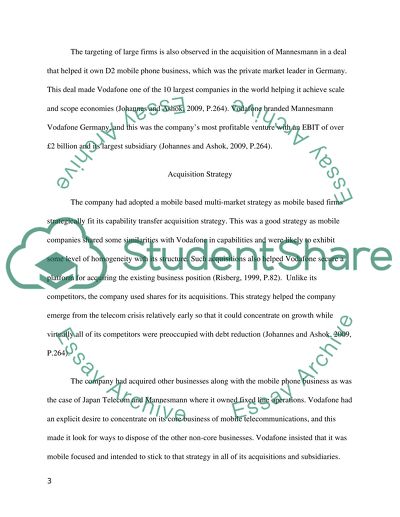Cite this document
(“Vodafone international strategic development Essay”, n.d.)
Retrieved from https://studentshare.org/marketing/1404109-case-study-on-vodaphone-there-are-specific
Retrieved from https://studentshare.org/marketing/1404109-case-study-on-vodaphone-there-are-specific
(Vodafone International Strategic Development Essay)
https://studentshare.org/marketing/1404109-case-study-on-vodaphone-there-are-specific.
https://studentshare.org/marketing/1404109-case-study-on-vodaphone-there-are-specific.
“Vodafone International Strategic Development Essay”, n.d. https://studentshare.org/marketing/1404109-case-study-on-vodaphone-there-are-specific.


